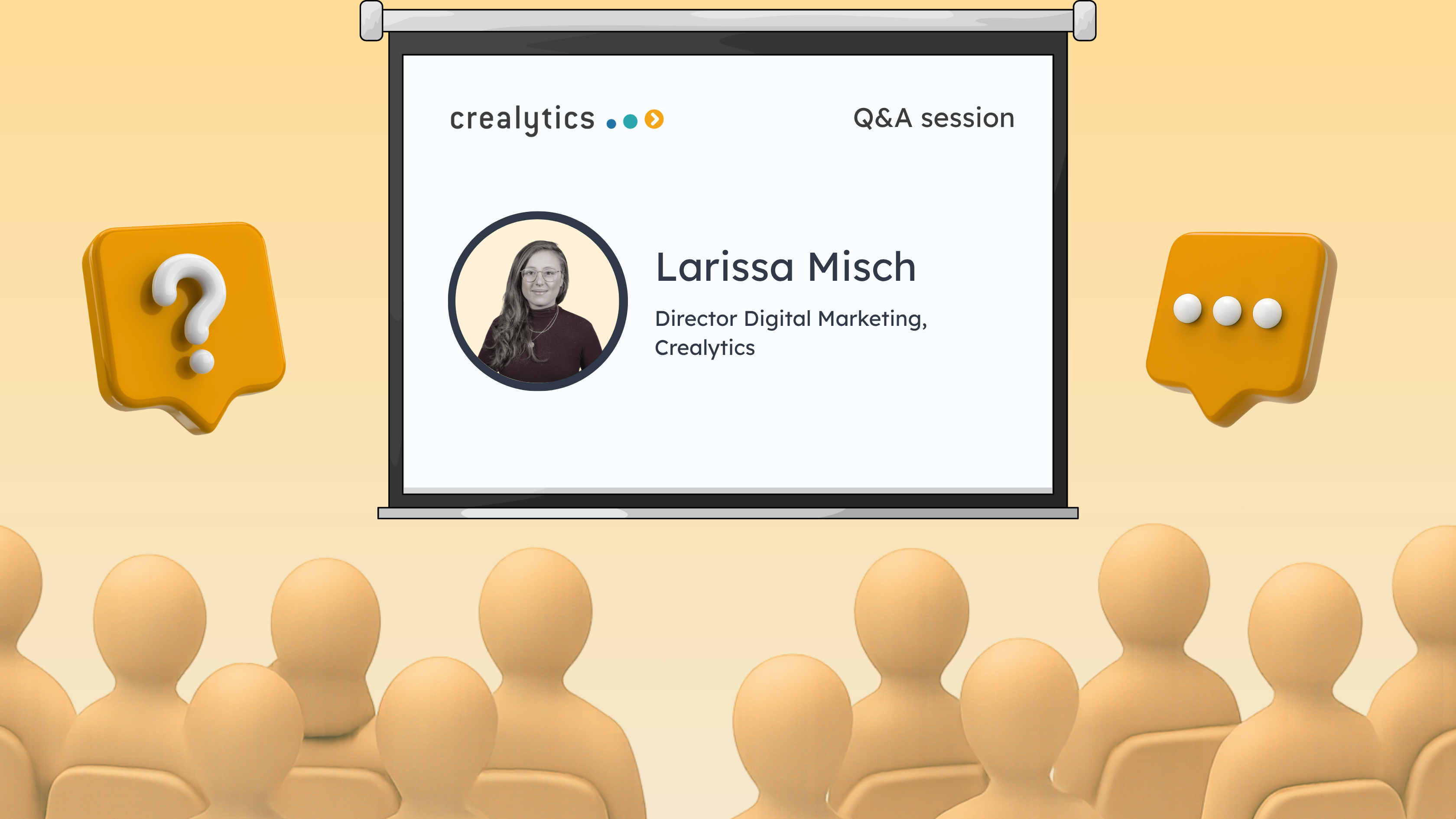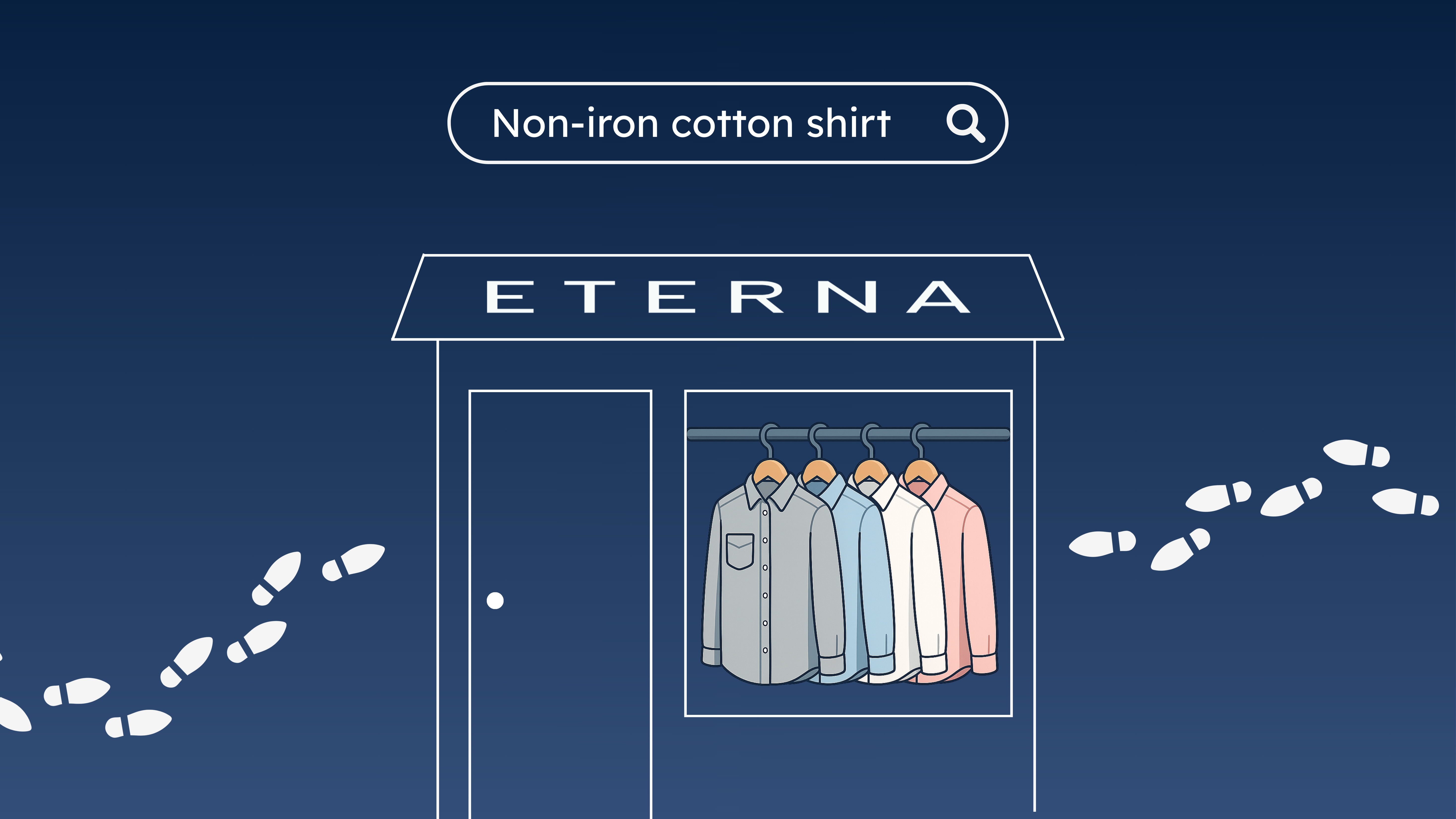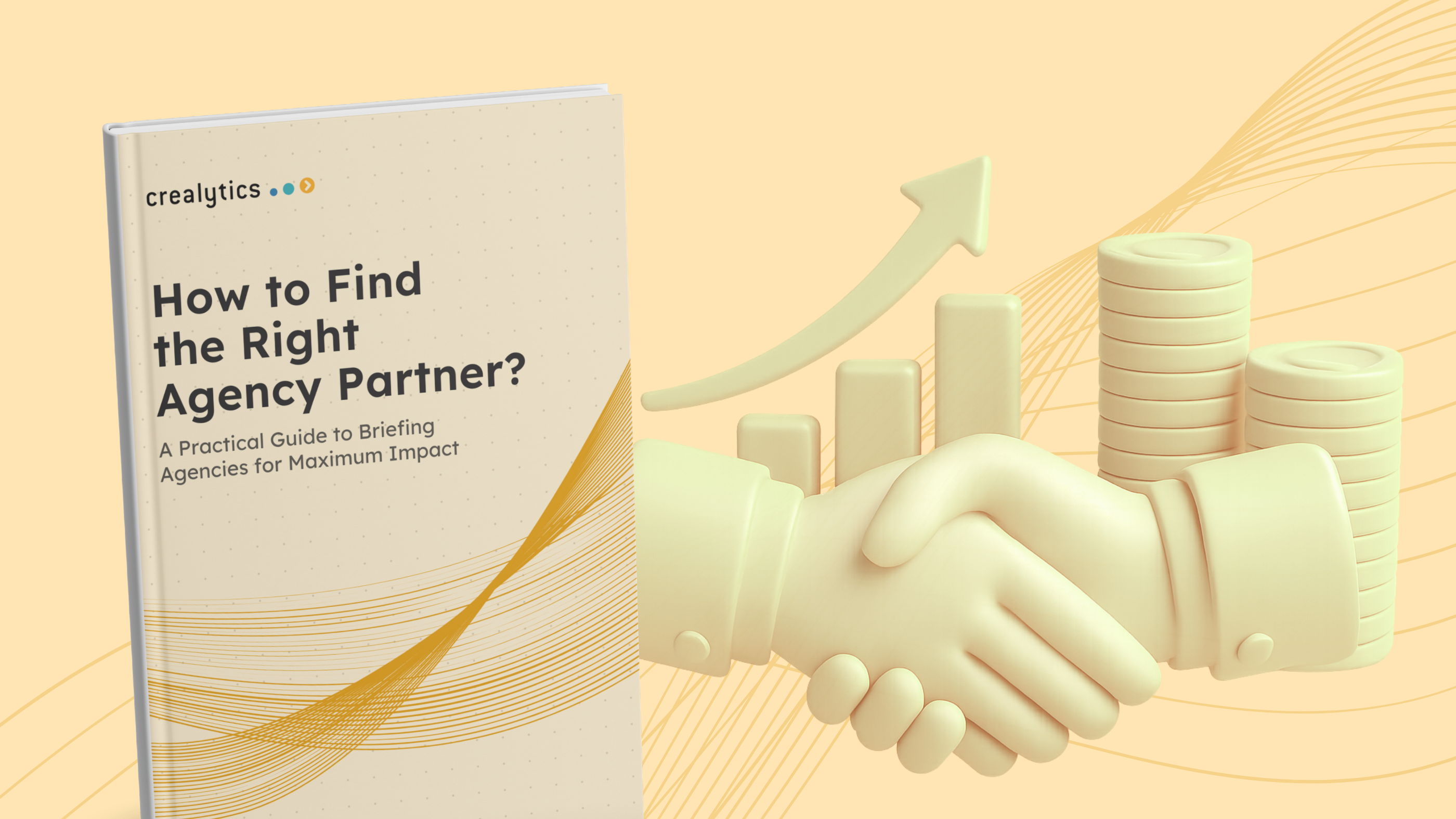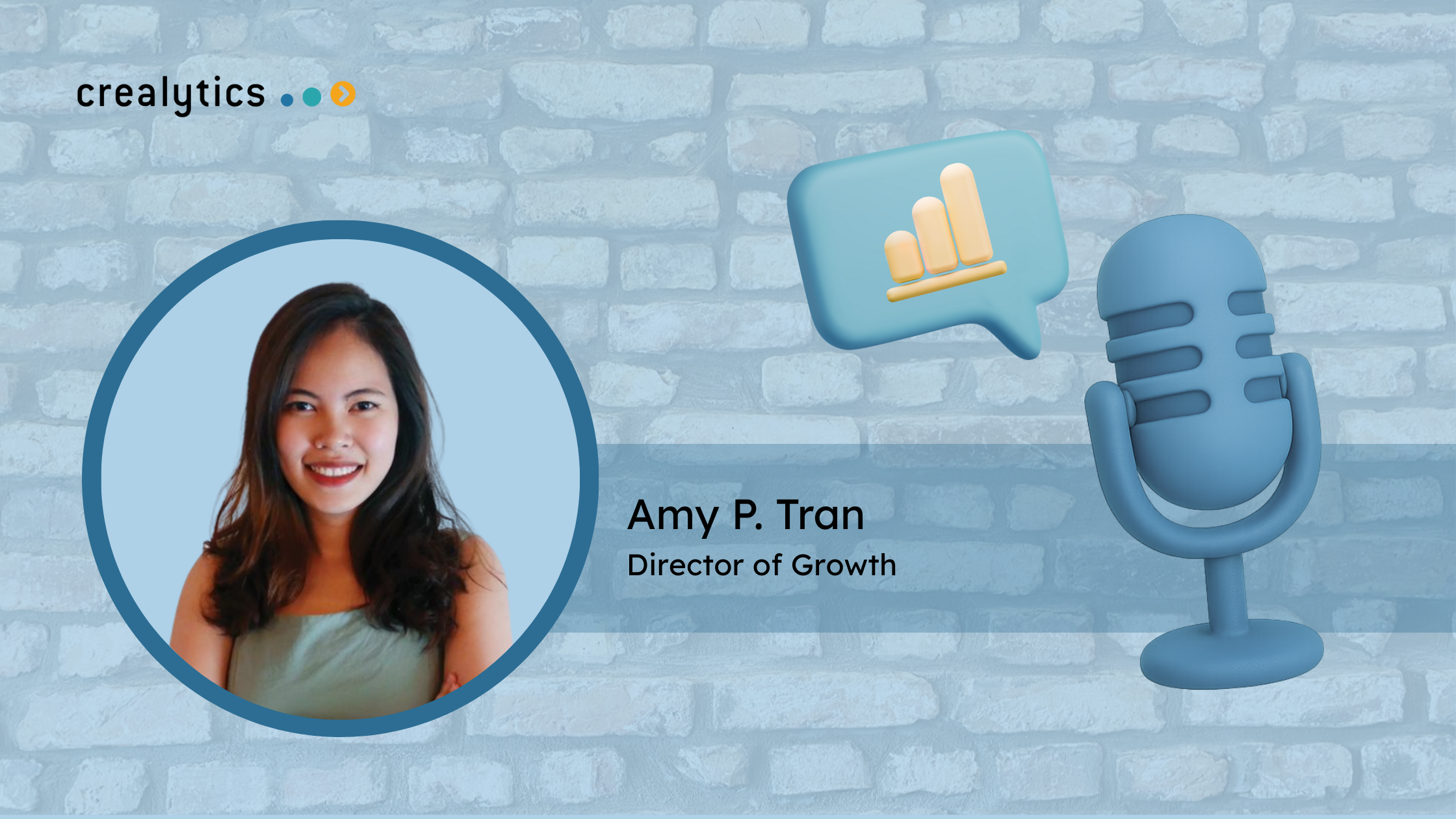5 Last-Minute Black Friday Campaign Ideas That Drive Conversions

The weeks preceding Black Friday compress strategic timelines into operational windows measured in days, not months. Deloitte's 2025 holiday-retail forecast noted that total U.S. holiday sales are projected to grow by 2.9% to 3.4%. E-commerce alone is forecast to grow between 7% and 9%, reaching approximately $305 billion to $310.7 billion during the November–January period. This growth trajectory intensifies competitive pressure across digital channels, where margin compression and customer acquisition costs continue to rise. Even well-prepared teams find themselves accelerating approvals, reallocating budgets, and searching for high-leverage tactics in the final stretch. In this context, last-minute execution is not a disadvantage. With the right decisions, it becomes a catalyst for translating intent into measurable business outcomes.
What emerges is a set of fast, resilient ideas that capture demand, reduce friction, and drive incremental revenue when timelines are tight. The following approaches require little extended implementation cycles, little complex technical infrastructure, and little prolonged creative iteration. They function within existing channel architectures and leverage assets already in motion. Their effectiveness derives not from novelty but from precision - targeting behavioral patterns that intensify as purchase windows narrow.
1. Browse-Based Segmentation And Turn Them Into Performance Remarketing
Consumers spend weeks researching products before purchasing, and that research intensifies as promotions approach. Retargeting taps directly into that behaviour. RTB House reports that retargeted customers are 3x more likely to click on an ad than people who have never interacted with a business before. It’s a simple indicator of where attention already exists, and why recent browsing activity should guide how budgets and creative are prioritised in the final stretch. How to execute:
Build tiered retargeting audiences
· Segment users into high-intent cohorts (multi-session visitors, repeat product views, deep category engagement) and mid-intent cohorts (single-session product or category viewers).
Map creative intensity to intent
· Use strong urgency cues (countdowns, low-stock signals, final-hours language) for high-intent users and broader value messaging (category benefits, bundles, “editor’s picks”) for mid-intent users.
Use bid and budget asymmetry
· Allocate a higher effective bid and tighter frequency caps to high-intent segments where marginal impressions are more likely to convert.
· Keep mid-intent segments in play with lower bids to preserve efficiency.
Relevant article: Finding the Right Shopping Time Window for Retargeting
2. Flash Email Campaigns to Dormant High-Value Customers
Customer lists contain predictable patterns of value concentration. A minority of past purchasers generated the majority of historical revenue. Many went dormant. Black Friday creates reactivation opportunities that justify premium offers unavailable during standard promotional cycles. How to execute:
Identify a dormant, high-value slice
· Select customers with above-average historical AOV or strong margin contribution.
· Filter for those whose last purchase was within the past 12–24 months.
· Exclude anyone who has opened, clicked, or purchased in the last 90 days to ensure true dormancy.
Build a coordinated email + paid audience plan
· Send a flash email offering early access, higher discount tiers, or value-adds (bundles, extended returns) that are not available to your general list.
· Mirror that segment into paid media using CRM uploads on Meta/Google, and run supporting campaigns with consistent offer logic and caps on frequency.
Time the push before the main wave
Hit this cohort 24–48 hours before your mass Black Friday mailings and broad paid pushes to give them a real head start.
3. Use Geo-Targeted Mobile and Local Inventory Ads To Turn Online Demand Into Store Visits
Deploy geo-targeted mobile campaigns that emphasize real-time local inventory. For example, River Island used local inventory ads to drive measurable uplift - 6 % of mobile clicks resulted in a store visit, which translated into a 17 % increase in store traffic compared to standard shopping campaigns. This kind of bridging online demand and physical fulfilment removes a critical friction point in the purchase path: availability. When you highlight that the product is in-stock at a nearby store, you shift the consumer from “maybe later” to “now”. How to execute:
Activate local inventory delivery
· Enable or refine Local Inventory Ads and Local Campaign formats using your existing product and stock feeds.
Target high-opportunity store zones
· Apply geo-targeting around store catchment areas (distance-based or ZIP-based).
· Increase bids for locations with stronger footfall or higher conversion history.
Build mobile-first, availability-led creative
· Show real-time product availability (“In stock near you”).
· Highlight last-mile advantages (same-day pickup, extended hours, curbside options).
· Use time-bound CTAs that align with shipping cutoffs (“Pick up today,” “Ends tonight”).
4. Use Dynamic Product Ads to Protect Margin in Discount-Heavy Weeks
Dynamic formats shine in periods where product availability, pricing, and demand shift by the hour - which is exactly what happens during Black Friday. They adapt automatically to inventory changes and surface products that are actually in stock, discounted, or competitively positioned in the moment. That flexibility matters when margin pressure is high and over-promoted SKUs can erode profitability quickly.
A Google case study illustrates how dynamically generated ads can translate catalogue breadth into commercial results. Orange Romania,a telecom company, used dynamic ads during its “Hot Summer” campaign and achieved an 83 % higher conversion rate and 57 % lower CPA compared to non-dynamic formats. How to execute:
Re-rank your product feed
· Prioritise products by contribution margin after discount rather than by price or revenue alone.
Segment products by margin profile
· Group healthy-margin heroes (strong brand pull, differentiation, bundling potential).
· Separate volume drivers with weaker margins that require tighter control.
Control delivery based on profitability
· Apply bid caps or budget limits to low-margin sets.
· Allow more bidding flexibility for higher-margin or strategic products.
5. Run Video Ads Featuring Social Proof and Scarcity Indicators
Video creative requires production resources that appear incompatible with last-minute execution. The assumption overlooks existing asset libraries and simplified production formats that deliver impact without elaborate development cycles. User-generated content, existing testimonial footage, and template-based countdown formats all function as high-performing video creative with minimal production overhead. Video ads in PPC campaigns can drive higher engagement and conversions because they capture attention faster and deliver messages more efficiently than many static formats.
Google reports that video ads can generate a 30% lift in short-term sales likelihood and a 17% lift in long-term brand contribution, making them a strong fit for moments where shoppers are choosing between similar offers. How to execute:
Build fast-turnaround video assets
· Pull from existing footage: customer clips, product demos, influencer snippets, review screenshots.
· Add light overlays that reinforce proof or urgency (“4.8/5 from 2,000+ buyers,” “Ends in 48 hours,” “Limited stock remaining”).
· Keep videos short (6–15 seconds) to maximise completion rates across paid platforms.
Target high-intent audiences first
· Serve this creative to retargeting pools: recent product viewers, cart abandoners, and high-value CRM segments.
Match delivery to urgency windows
· Run videos for 24–72 hours in line with the promotional window.
· Evaluate view-to-click and click-to-conversion lift against a non-urgency control before scaling.
Relevant article: Instagram Reels vs. YouTube Shorts: Which Platform Drives Better ROI for DTC?
Turning Last-Minute Black Friday Tactics Into Real Value
Last-minute campaigns operate under a different kind of pressure. The goal here is to make smart, targeted moves that work with the momentum already in play. The approaches outlined here all follow the same logic: use the infrastructure you already have, keep creative adjustments light, focus on behavioural signals that show real intent, and push urgency only where it can turn into measurable results.
What emerges is a more disciplined model of performance: fewer moving parts, tighter alignment with demand patterns, and a clearer connection between attention and revenue. For teams navigating condensed timelines, the advantage goes to those who act precisely, not loudly - the brands that match urgency with relevance and turn late-stage intent into commercial results when it matters most.
Relevant Insights:
· Article: Driving Holiday Conversions Without Discounts: 5 Strategies That Protect Margins and Build Loyalty
· Case study: Holiday Season Success: How We Delivered 65% Higher Revenue with 24% Less Budget for a Leading Fashion Brand
· Article: Peak Season Checklist: How to Drive Full-Funnel Growth During the Holidays
About Crealytics
Crealytics is an award-winning full-funnel digital marketing agency fueling the profitable growth of over 100 well-known B2C and B2B businesses, including ASOS, The Hut Group, Staples and Urban Outfitters. A global company with an inclusive team of 100+ international employees, we operate from our hubs in Berlin, New York, Chicago, London, and Mumbai.
EXPERT INSIGHTS





